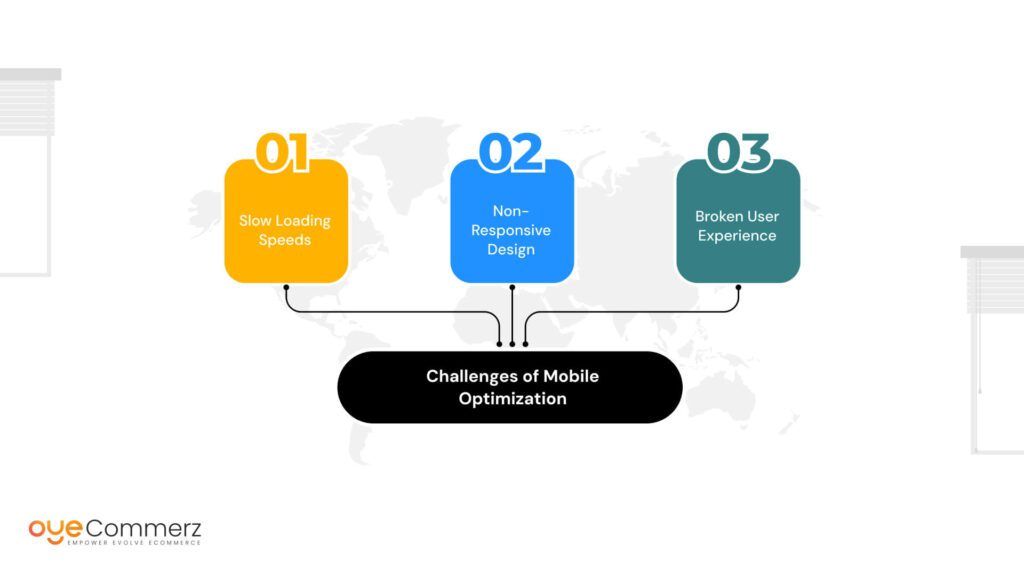In the current online landscape, selecting the right e-commerce solution is crucial for enterprise success. If you are currently utilizing Wix but are considering a move to Shopify, you are in good company. Many companies are migrating to Shopify to leverage its powerful features, expandability, and dedicated e-commerce solutions. This guide will outline the migration process, ensuring a smooth move and setting you up for e-commerce achievement.
Why Migrate from Wix to Shopify?
Before exploring the migration process, it's important to understand why Shopify could be a better choice for your e-commerce needs:
- Specialization: In contrast to Wix, which caters to multiple website types, Shopify is engineered specifically for e-commerce, offering sophisticated tools and functionalities tailored for digital commerce.
- Scalability: As your company expands, Shopify can easily handle higher visitor volumes and sales volume without sacrificing performance.
- Extensive App Library: Shopify offers a large library of apps that can boost your store's capabilities, from marketing tools to stock control options.
- SEO Capabilities: Shopify offers better SEO options, which can assist in improving your store’s visibility on Google and others.
- Payment Options: With multiple transaction platforms available, including Shopify Payments, you can offer shoppers a variety of payment methods.
Getting Ready for Transition
To ensure a smooth migration from Wix to Shopify, adhere to these preparatory guidelines:
1. Save Your Information
Export all your information from Wix, including item information, customer information, and order history. This process is vital as it ensures you have a copy of all data before initiating the transfer.
2. Select a Pricing Option
Assess the various Shopify subscriptions available and select one that aligns with your company’s needs. Consider factors such as costs, built-in tools, and scalability options.
3. Create Your Shopify Profile
Register your Shopify profile and explore the platform’s dashboard and tools.
The Migration Process
Now that you're prepared, it’s time to migrate your store from Wix to Shopify. Here’s how:
1. Import Products
Utilize Shopify's built-in migration utility or third-party tools like Cart2Cart or LitExtension to move your items from Wix to Shopify.
Make sure that product descriptions, pictures, costs, and variants are correctly transferred.
2. Transfer Customer Data
Upload client details such as names and contact info into your new Shopify store. This process is vital for retaining customer relationships and marketing efforts.
3. Configure Transactions
Configure payment gateways in your Shopify store to ensure seamless payments. You can choose from various platforms like debit methods, PayPal, and others.
4. Personalize Your Store Design
Choose a design that reflects your brand identity. Modify it using Shopify's design tools to create an appealing and user-friendly store layout.
5. Search Engine Optimization
Apply SEO strategies during the migration process:
- Set up 301 redirects from old Wix URLs to new Shopify URLs.
- Optimize product titles, descriptions, and images with relevant search terms.
- Update meta tags and alt texts for improved search engine visibility.
After Migration Steps
Once your store is active on Shopify, consider these post-migration steps:
1. Check Your Website
Perform thorough testing of your new store:
- Verify item listings for correctness.
- Verify transaction methods.
- Make sure all hyperlinks work correctly.
2. Launch Marketing Campaigns
Broadcast your new store launch through newsletters and social platforms.
Think about offering special offers or discounts to draw shoppers.
3. Track Your Progress
Leverage analytics tools within Shopify to monitor sales performance and How to improve sales performance on Shopify customer behavior.
Modify your strategies based on performance analytics.
Conclusion
Migrating from Wix to Shopify can significantly enhance your e-commerce potential and set the stage for growth and achievement. By adhering to this guide User-friendly shopping experience and taking a step-by-step approach to the migration process, you can ensure a seamless transition that reduces downtime and boosts opportunities for sales. Embrace the change and watch your online store thrive on its new platform!
